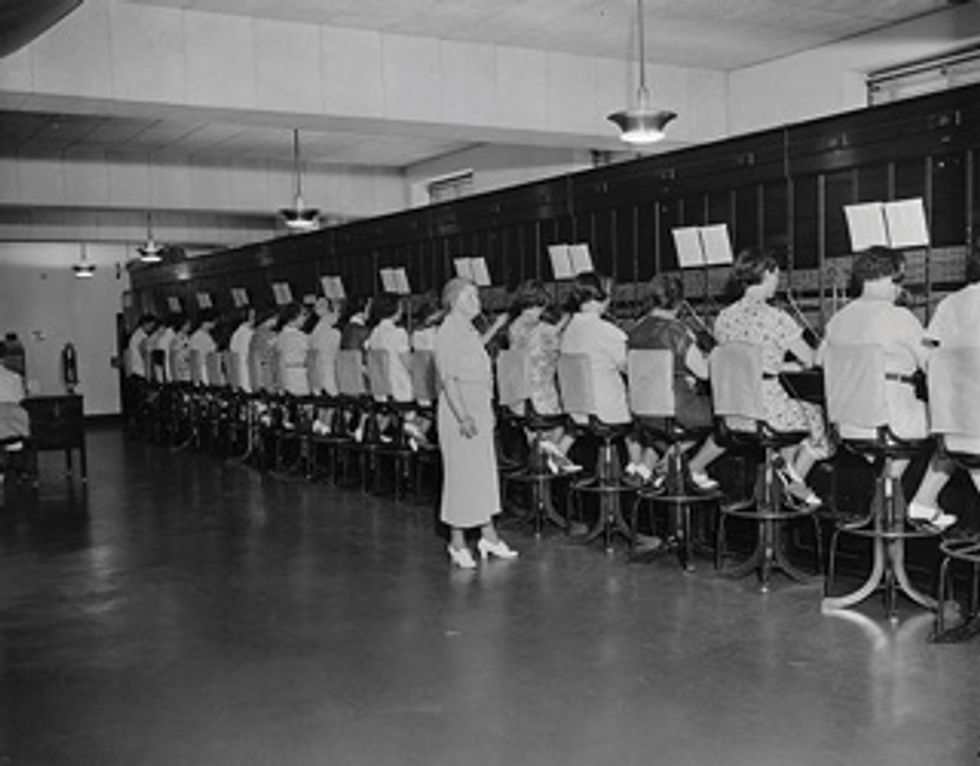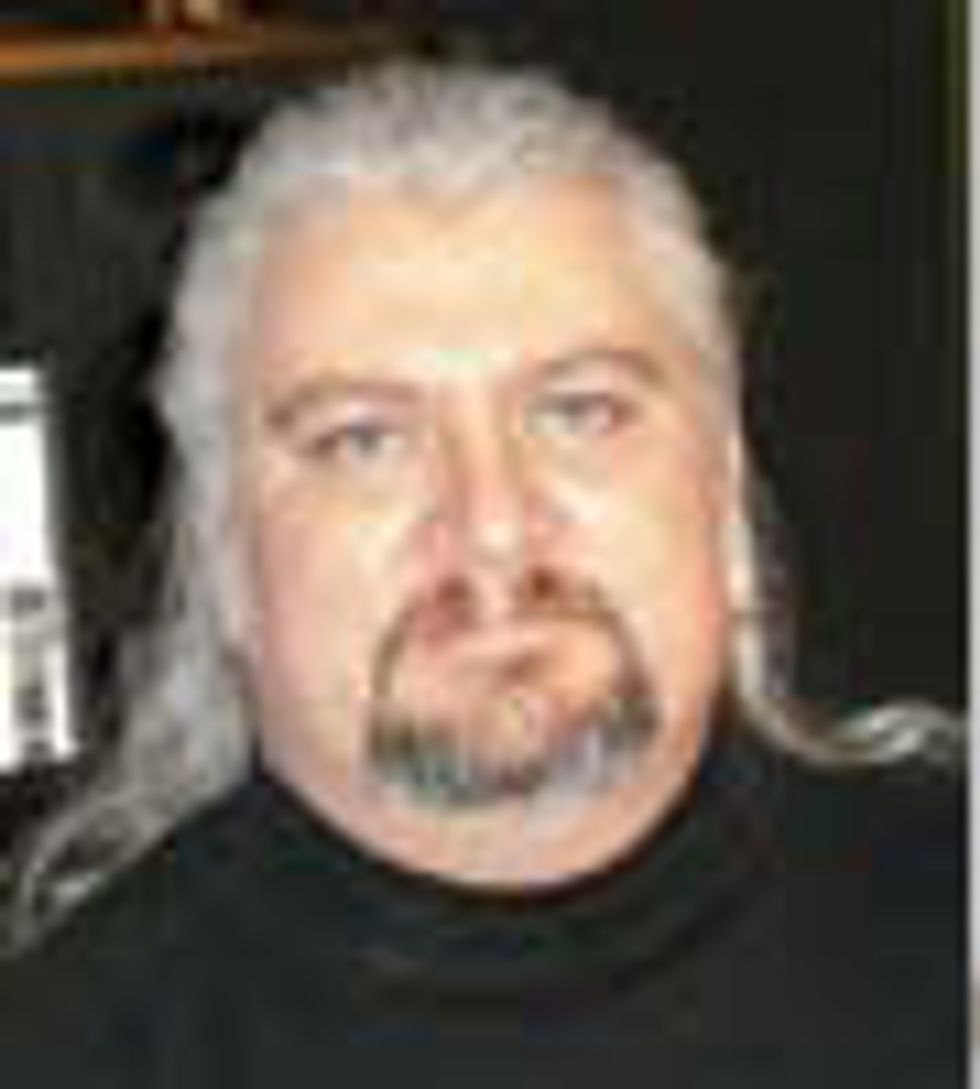
Moving audio data—analog or digital—between one party and another requires careful planning and supervision. Photo courtesy of Library of Congress
Dear Mitch,
I just read your column about choosing
a DAW in the November 2012 issue
[“Choosing the Right DAW for Your
Studio”] and I agree with almost all of
what you said. However, when you mentioned
that having the same DAW as
the people you’re collaborating with will
allow one to “easily” exchange files, I have
to respectfully disagree. Trying to share
projects is always fraught with danger.
At the project level, you need to know the following: Have all the audio files been included? What about MIDI files? Are people using the same version of the software so the project files are compatible? Does the project’s file format use direct (rather than relative) path references for files and, if so, have the files been put in the same place on the hard drive? Does the project’s file format use a search path to locate files and, if so, is it set up correctly to find the necessary files? Are there tempo maps or time-signature-change cues that might not have been included?
At the track level, are you recording at the same audio-interface frequency as the person you’re collaborating with? Are all tracks recorded from the same start points?
And when you get to plug-ins, all bets are off, and this also goes for virtual instruments. You have to make sure you have the correct samples if you’re using a sampler-based emulator. Same goes with convolution reverbs—don’t forget the impulse-response samples.
The bottom line? Unless a fairly restrictive set of ground rules are adhered to, exchanging DAW projects to collaborate can be quite awful, even if the DAW is the same. It’s almost never “easy.” In fact, it’s usually no easier than exporting audio files from one DAW and importing them into another DAW.
In any case, thanks for a great series
of articles. I’ve enjoyed reading them all
very much.
Frank Adrian
Thanks for the insightful comments, Frank. I love it when we can all learn from one another, so this month, let’s take a short break from our series on choosing the best gear for your studio and talk about some of the points you made.
You’re absolutely correct in everything you mention in your letter! Exchanging DAW files with collaborators or even taking, say, a session you created in Pro Tools into a commercial studio that runs Pro Tools for mixing and overdubs can indeed be a frustrating challenge. This is due to differences in systems, versions, optional items that need to be installed, and more. I have run into these problems myself, most commonly when an older version of software might not open a file that was created on a newer version of the software. And if it does open the file, there may be feature differences that change how it sounds or plays. There’s also the issue of using different plug-ins than those of your collaborators or the studio you are using. Your tracks won’t sound the same, and it’s generally a time-consuming and futile task to recreate the sounds of your tracks using different plug-ins.
Housekeeping. There are several things you can do to make collaborations (using the same software, or not) easier. The first is careful attention to “housekeeping.” Organize your files carefully by making sure that everything you need is exactly where it needs to be. In some cases, you can take your plug-ins with you (if your plug-ins use an iLok for authorization, for example). Are all the audio, MIDI, fade, automation, instrument samples, instrument and plugin presets included with your session? Most importantly, all the collaborators must do the same level of housekeeping: If one forgets a necessary file, everyone else will be stuck.
Documentation. In the old days, commercial studios often had an assistant who did nothing but take notes on everything that happened during a session—mic setups and placement, mixing console settings, effects settings, cable routings, takes and alternate takes, good and bad tracks, and so on. The tapes would be stored with the bundle of notes so the session could be accessed later for more work. Today, we can easily take copious notes on everything involved with sessions and store them either right inside, or at least along with, the DAW files. I use a free, cloud-based program called Evernote that automatically syncs notes entered on one computer to other computers, tablets, and smart phones. By setting everyone up with Evernote, all collaborators will have the same notes, screenshots, or photos on their device instantly. And if all collaborators document everything religiously, the project will stay current and things will go much smoother.
Plan ahead. Make sure each collaborator’s system is roughly equivalent. If that’s impossible, come up with guidelines so that system differences don’t become an issue. If you know that only one collaborator has a certain virtual instrument, record its tracks as audio files rather than MIDI/instrument files so they can be exchanged more easily. Make sure everyone knows what settings to use by establishing “standards” that everyone will adhere to. If you’re taking your tracks into a commercial studio, contact the studio in advance to find out if they have the plugins and instruments you need and what software versions they are running. If they don’t have what you need, bounce tracks using those processors or instruments into fresh audio tracks with the processing so they can be properly loaded into the studio’s DAW.
Finally, with multiple collaborators it’s often best to designate a “keeper of the files”—the individual who will maintain the master set of files that everyone works from.
We’ll discuss session hygiene, housekeeping, documentation, and organization in future columns. Hopefully, these tips will help ease or avoid any potential “gotchas” when collaborating with other musicians and using DAW software—be it the same program or a different one.
 Mitch Gallagher is
the former editor in chief of
EQ magazine. He’s written
more than 1,000 articles
and six books on recording
and music technology, and
has released an instructional
DVD on mastering. His upcoming book is
entitled Guitar Tone: Pursuing the Ultimate
Electric Guitar Sound. To learn more, visit
mitchgallagher.com.
Mitch Gallagher is
the former editor in chief of
EQ magazine. He’s written
more than 1,000 articles
and six books on recording
and music technology, and
has released an instructional
DVD on mastering. His upcoming book is
entitled Guitar Tone: Pursuing the Ultimate
Electric Guitar Sound. To learn more, visit
mitchgallagher.com.






![Rig Rundown: Russian Circles’ Mike Sullivan [2025]](https://www.premierguitar.com/media-library/youtube.jpg?id=62303631&width=1245&height=700&quality=70&coordinates=0%2C0%2C0%2C0)

















